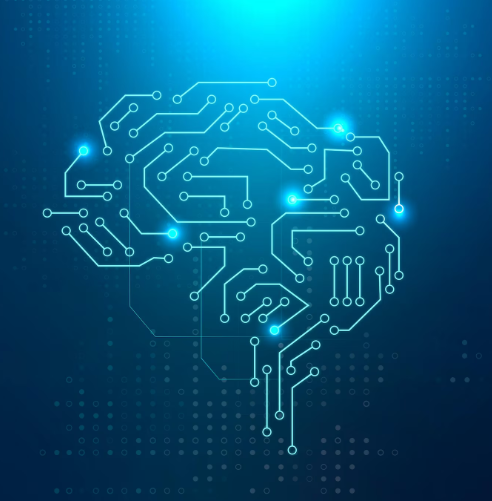
Coding with AI: How intelligent Tools Support Programmers.
Artificial intelligence is increasingly helping programmers and IT specialist in their daily work. AI can automatically generate code, suggest improvements, test applications, analyze errors, and detect potential security threats. This makes development faster and more efficient. However, AI doesn’t replace humans – it requires supervision, doesn’t always understand context, and can make mistakes. That’s why the best results come from collaboration between the programmer and AI.

Artificial Intelligence Supporting Developers and IT Professionals: Automatic Code Generation, Testing, Error Analysis, and Threat Detection
Introduction
In recent years, the rapid advancement of artificial intelligence (AI) has profoundly transformed many industries, with software development and IT among the most impacted. AI technologies now assist developers and IT professionals by automating a wide range of tasks that previously demanded significant manual effort. From writing code to testing software, analyzing errors, and identifying security threats, AI has become an indispensable tool in modern software engineering. These innovations have led to increased efficiency, higher quality software, and improved security, enabling professionals to focus on more complex and creative aspects of their work.
This comprehensive article explores how AI supports programmers and IT specialists throughout the software development lifecycle. We will delve into the practical applications, specific tools, advantages, and challenges related to AI-driven code generation, software testing, error analysis, and cybersecurity threat detection.
Automatic Code Generation
One of the most prominent and widely recognized applications of AI in software development is automatic code generation. Powered by advances in large language models (LLMs) like GPT-4, AI systems can now translate natural language descriptions or problem statements into functional code snippets in various programming languages. This capability allows developers to describe a desired feature or behavior in plain English, and the AI generates the corresponding source code.

Automatic Code Generation
This development dramatically accelerates the coding process, particularly for repetitive or boilerplate code, enabling programmers to allocate more time and mental energy to architectural decisions and complex logic. The AI acts as an intelligent assistant, offering suggestions and producing code based on context and past examples. Tabnine is another AI-powered code completion assistant that learns the coding patterns and styles from a specific project’s codebase. Supporting multiple languages and integrated with numerous IDEs, Tabnine tailors its suggestions to the context of the developer’s work, making the experience highly personalized. Amazon’s CodeWhisperer focuses on assisting developers working within the AWS ecosystem. It helps generate code snippets for common cloud tasks, such as setting up infrastructure or interacting with AWS services, reducing the friction involved in cloud-native development. The benefits of AI-driven code generation are manifold. Developers experience a significant productivity boost as AI handles routine coding tasks, freeing them to concentrate on higher-level design and innovation. Rapid prototyping becomes easier, enabling teams to validate ideas and requirements faster. Additionally, AI tools provide valuable learning support for junior developers, who can see concrete examples and recommended practices in real time, accelerating their skill acquisition.
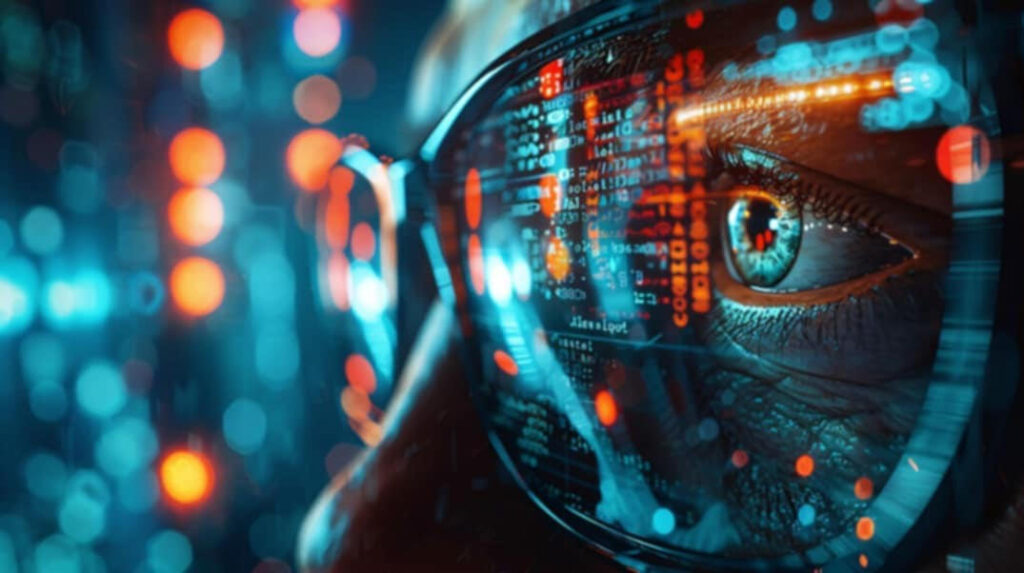
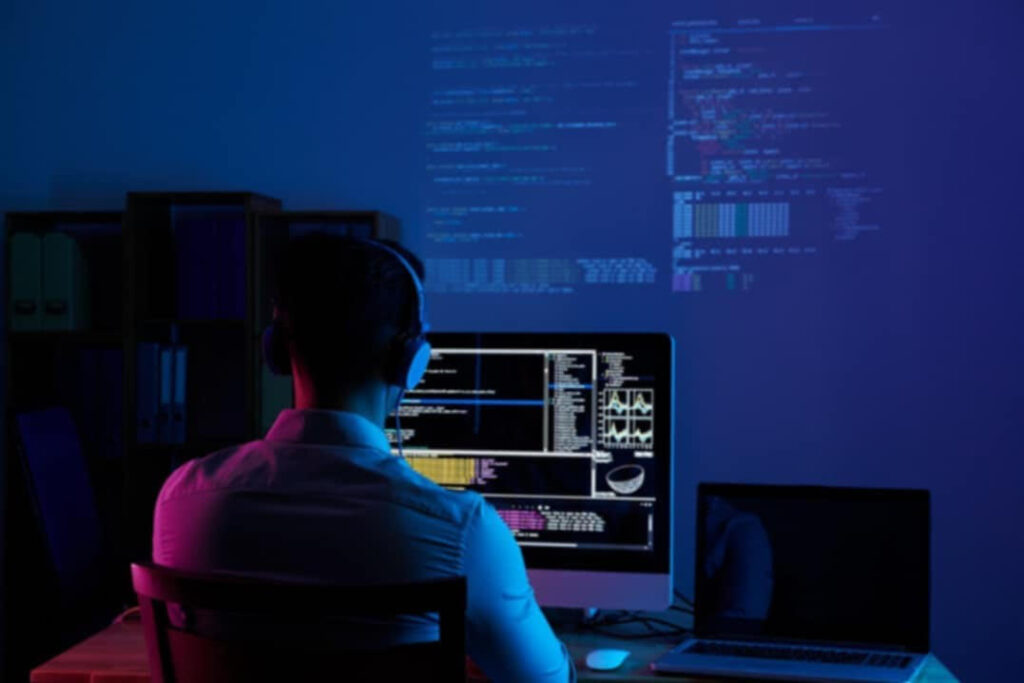
AI for Error Analysis and Code Optimization
AI’s role extends beyond code generation and testing into error detection and code quality improvement. Intelligent debugging systems assist developers by identifying potential runtime errors, syntax mistakes, and logical flaws as they write code. These systems go beyond basic syntax checking, employing semantic analysis to understand code behavior and context. DeepCode, acquired by Snyk, provides real-time feedback by analyzing millions of repositories to offer suggestions that improve code quality and security. Its vast knowledge base allows it to detect common mistakes and recommend best practices effectively. Snyk itself is focused on securing open-source libraries, container images, and infrastructure-as-code files. By integrating with CI/CD pipelines, Snyk helps developers identify and fix vulnerabilities early in the development process.
Threat Detection and Cybersecurity
In the era of increasing cyber threats, AI has become a vital tool in software security. AI systems help identify vulnerabilities in source code through both static and dynamic analysis. They detect patterns associated with common exploits, such as SQL injection, cross-site scripting (XSS), and insecure deserialization, learning from extensive datasets of known vulnerabilities. Tools like Codexity integrate with static analysis frameworks (e.g., Infer, CppCheck) to detect security risks, particularly focusing on code generated by AI models, which may inadvertently introduce new vulnerabilities. Microsoft Security Copilot combines large language models with threat intelligence to assist security teams in incident investigation, threat response, and enhancing overall security posture. It enables faster and more accurate detection of suspicious activity and supports informed decision-making. Some AI-powered systems provide real-time threat detection by monitoring applications for abnormal behaviors, such as unusual API calls, unauthorized data access, or atypical login patterns. These systems can automatically trigger alerts or block malicious actions, reinforcing application security dynamically.
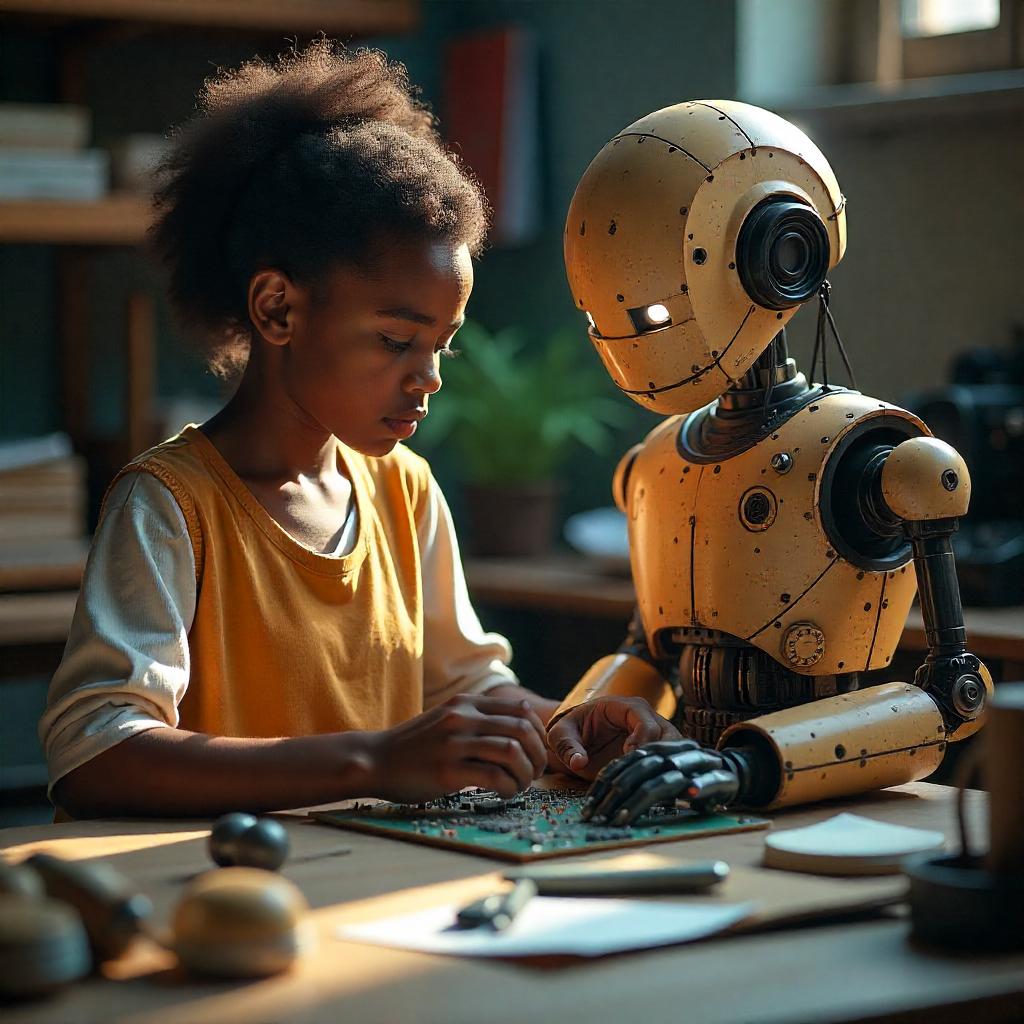

Challenges and Limitations
Despite the numerous advantages, AI-assisted software development faces challenges and limitations. One key issue is the imperfect accuracy of AI-generated code. Studies have shown varying correctness rates among AI tools, with models like ChatGPT achieving approximately 65% correctness, GitHub Copilot about 46%, and Amazon CodeWhisperer around 31%. This means human review and testing remain indispensable.
Security risks are also a concern, as AI-generated code may contain hidden vulnerabilities or non-compliant practices. Without thorough validation, such issues could lead to significant security breaches.
Another challenge is the potential over-reliance on AI by less experienced developers, which might hamper their understanding of foundational programming concepts. It is critical to use AI as an assistant rather than a substitute for core knowledge and critical thinking.
Moreover, AI models inherit biases from their training data. If the training datasets include insecure, outdated, or biased coding patterns, AI tools might replicate those mistakes, underscoring the need for careful curation and continuous model updates.
The Future of AI in Software Development
Looking forward, AI will not replace developers but rather augment their capabilities. The future of programming lies in collaborative workflows where humans focus on creativity, design, and problem-solving, while AI manages repetitive and error-prone tasks.
Emerging tools will likely incorporate explainability features, helping developers understand the reasoning behind AI-generated code suggestions and verifying their correctness.
Domain-specific AI models may become more prevalent, tailored to industries like healthcare, finance, or robotics, where regulatory and technical requirements are stringent and specialized.
End-to-end automation integrating AI throughout the software lifecycle—from requirements gathering to deployment and monitoring—will become increasingly common, embedded in DevOps and continuous integration/continuous deployment (CI/CD) pipelines.
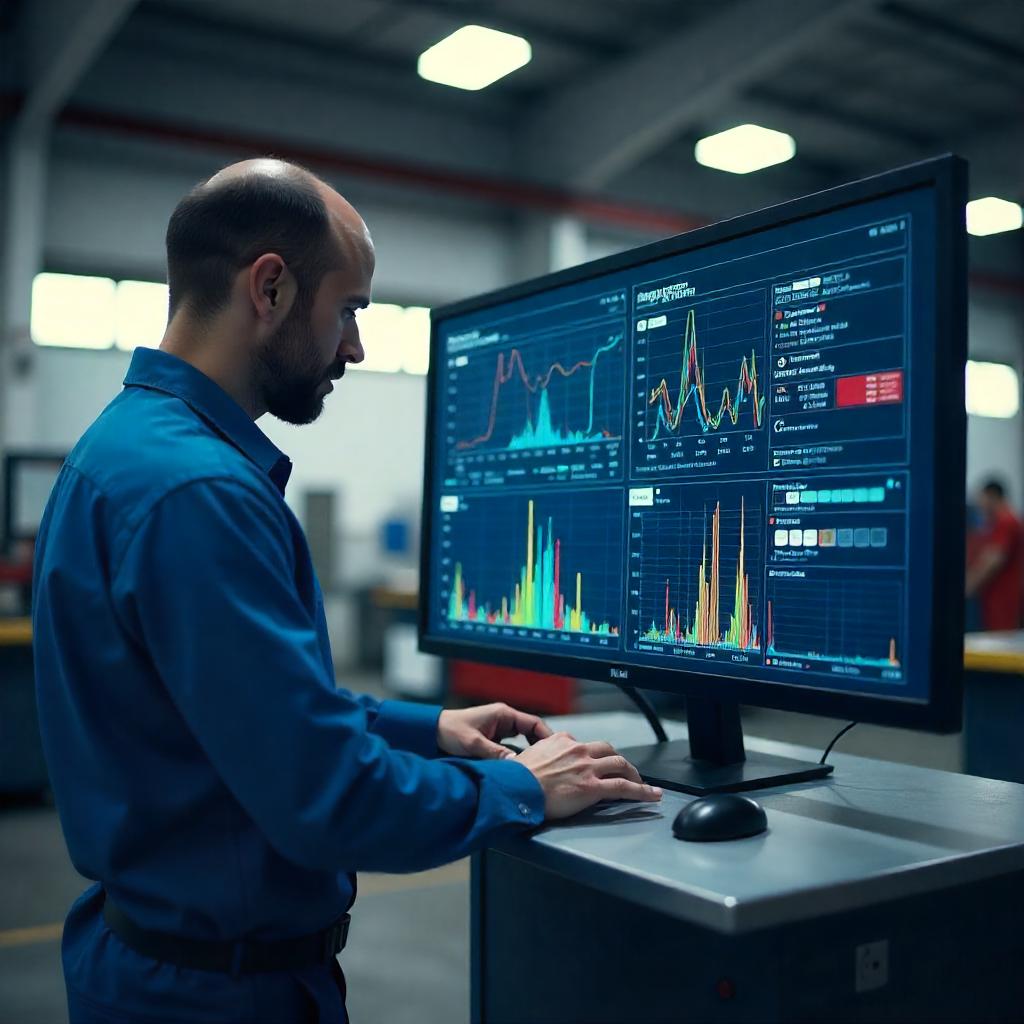
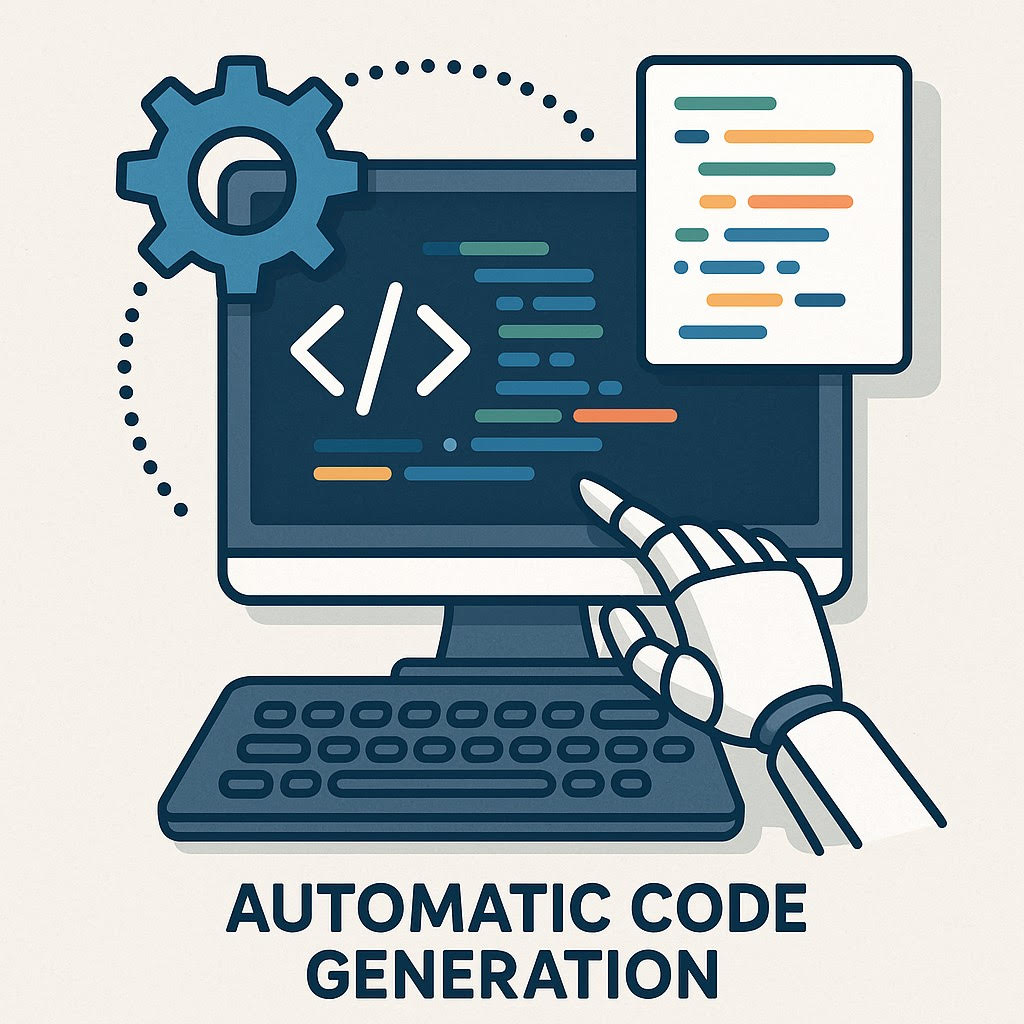
Conclusion
Artificial intelligence is reshaping how software is developed, tested, maintained, and secured. From automatic code generation and testing automation to sophisticated error analysis and threat detection, AI serves as a powerful ally to developers and IT professionals.
By accelerating development cycles, improving code quality, reducing time to market, and strengthening security, AI enables teams to deliver better software faster. Nonetheless, responsible use of AI requires ongoing human oversight, thorough validation, and ethical considerations to ensure that software remains reliable, safe, and aligned with organizational goals.
As AI continues to evolve, it will unlock new possibilities in programming, empowering professionals to reach higher levels of innovation and excellence.

